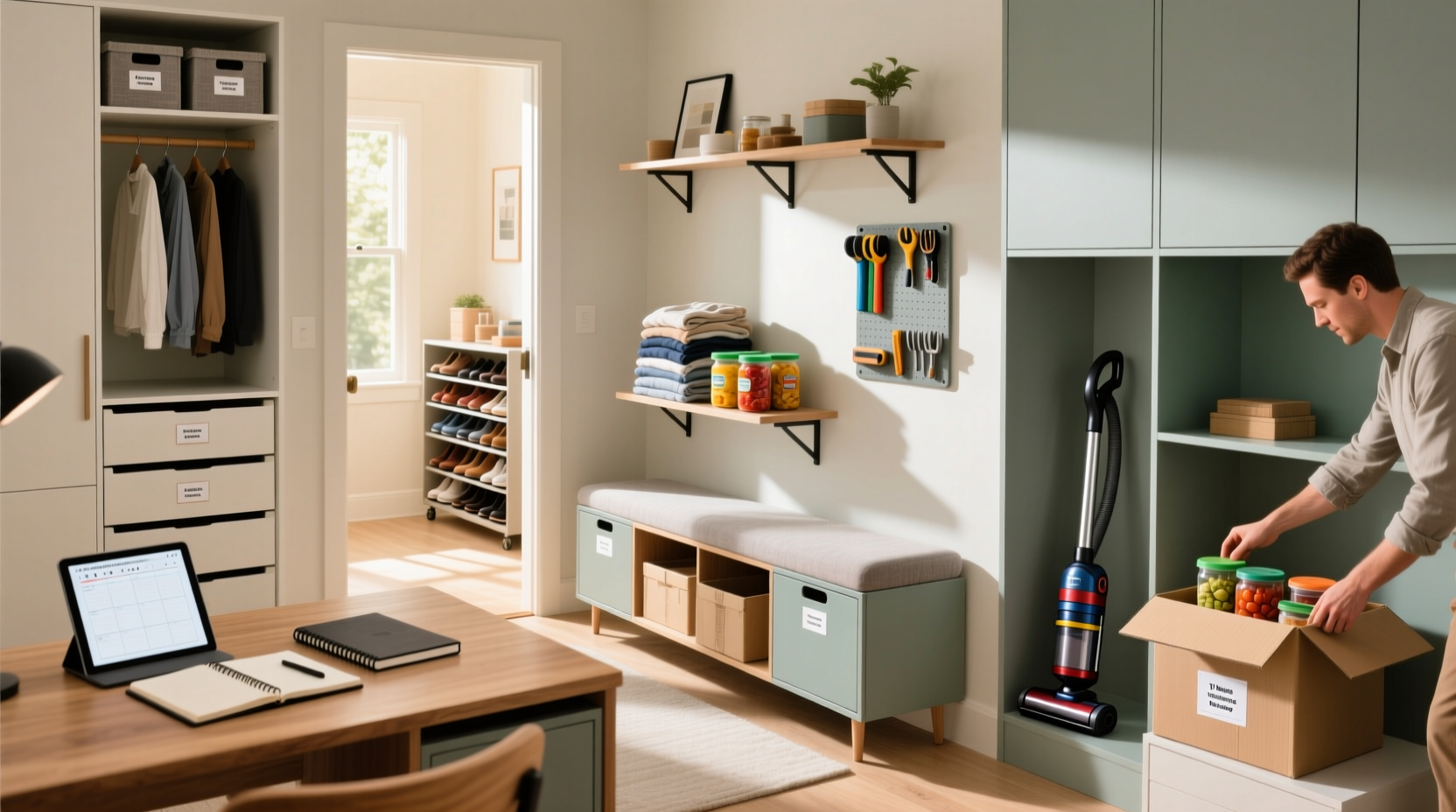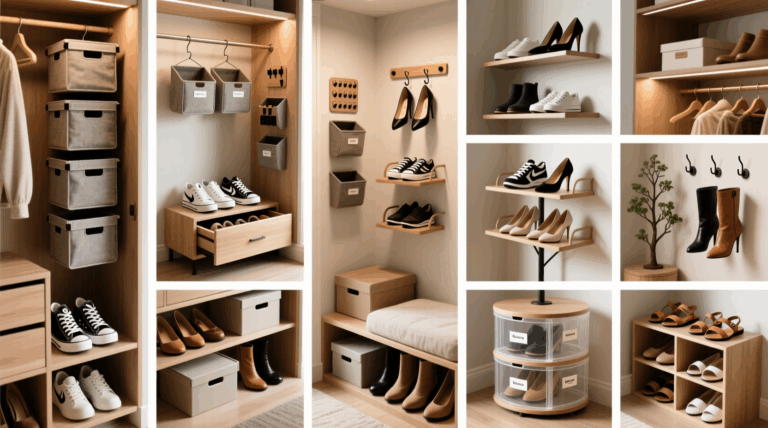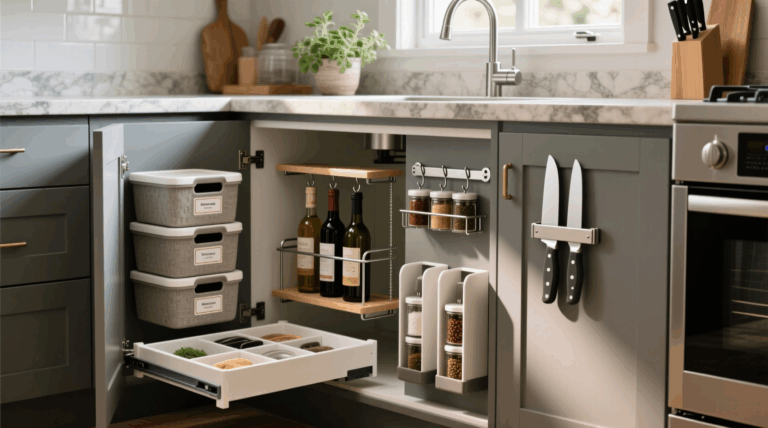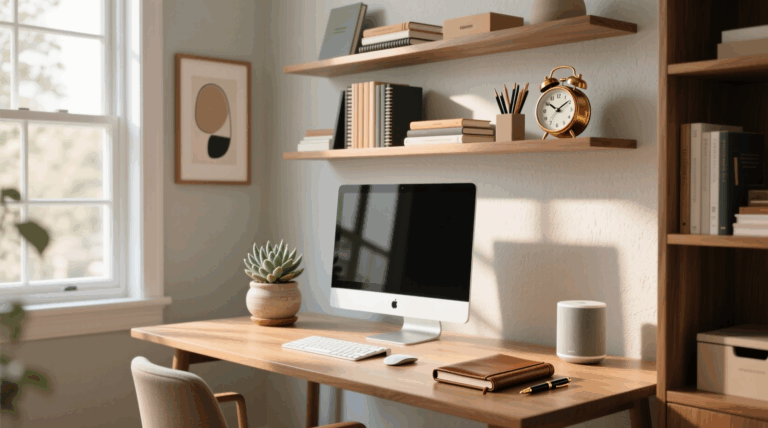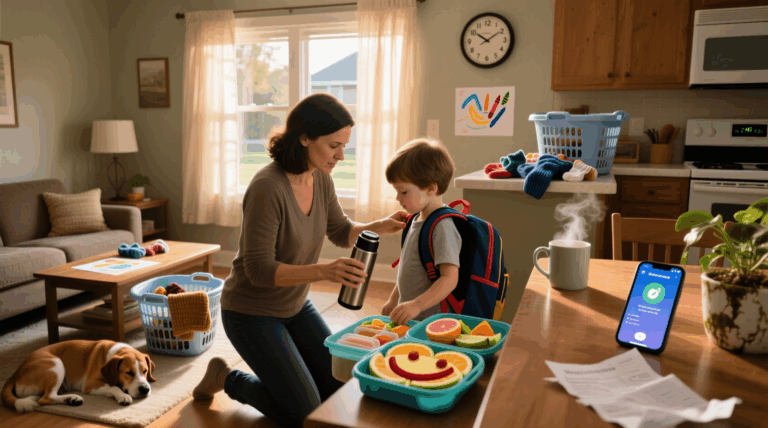13 Home Organization Tips to Simplify Your Next Move
Moving can feel overwhelming, but the right organization makes it smoother.
These home organization tips will help you pack smarter, reduce stress, and keep everything in order.
Whether you’re shifting across town or far away, these strategies bring ease and clarity to your next move.
13 Home Organization Tips to Simplify Your Next Move
1. Start With a Moving Checklist
Begin your move with a detailed checklist.
List everything from packing supplies to utility transfers.
This keeps you on track and ensures nothing gets overlooked.
A checklist also reduces last-minute stress because you can see progress step by step, making the entire moving process more organized and manageable.
2. Sort and Declutter Early
Moving is the perfect chance to lighten your load.
Go through each room and separate items into keep, donate, and discard piles.
This not only makes packing faster but also helps you settle into your new home with fewer unnecessary items taking up valuable space.
3. Gather Quality Packing Supplies
Having sturdy boxes, tape, markers, and protective wrapping makes a huge difference.
Investing in strong supplies prevents damage to your belongings during transport.
Clear bins or labeled cartons can make unpacking easier since you can immediately see what’s inside without opening everything at once.
4. Label Every Box Clearly
Labeling saves time and frustration later.
Write both the room name and a short list of contents on each box.
Color coding can help too, especially if movers are involved.
Clear labels ensure everything ends up in the right place in your new home without repeated lifting.
5. Pack Room by Room
Instead of scattering items from different rooms, pack one space at a time.
This method keeps things organized and makes unpacking more straightforward.
When you open a box, everything belongs in the same area, so you avoid running back and forth between multiple rooms.
6. Use a First-Day Essentials Box
Set aside a box with everyday necessities such as toiletries, snacks, chargers, bedding, and basic kitchen supplies.
Having this ready means you won’t dig through endless boxes when you’re tired after moving day.
Think of it as your survival kit for the first 24 hours.
7. Protect Valuables Separately
Keep important items such as jewelry, documents, and sentimental belongings in a safe container you transport yourself.
This avoids loss or damage during the chaos of moving.
Having valuables within reach gives you peace of mind and ensures they are easy to access once you arrive.
8. Downsize Bulky Furniture
Measure your new space before moving large pieces of furniture.
If an item doesn’t fit or suit the layout, sell or donate it.
Downsizing prevents you from carrying heavy furniture that won’t serve a purpose in your new home.
It also helps you move in more efficiently.
9. Use Clear Storage Bags for Clothing
Instead of traditional boxes, consider clear vacuum-sealed or zippered storage bags for clothing and linens.
They save space, protect fabrics, and make it easy to identify what’s inside.
Clear storage also keeps your clothes fresh and ready for quick unpacking into closets or drawers.
10. Create a Moving Binder
Keep all moving-related paperwork in one binder.
This includes contracts, receipts, checklists, and new-home documents.
Having everything in one place ensures you don’t lose track of important details, especially when dealing with movers, landlords, or utility companies during a hectic moving period.
11. Schedule Utilities in Advance
Arrange for electricity, internet, and water services before your moving date.
Walking into a home with working lights and Wi-Fi makes settling in smoother.
Planning ahead avoids unnecessary delays and helps you focus on unpacking and setting up your new space right away.
12. Unpack Strategically
Start with the kitchen and bedrooms. These areas impact daily comfort the most.
Once your bed is set up and you have basic kitchen supplies ready, the rest of unpacking feels less stressful.
Tackling high-priority rooms first gives your new space a functional and welcoming feel.
13. Maintain an Ongoing Donation Box
Even after unpacking, you may realize some items don’t fit your new lifestyle.
Keep a donation box handy as you settle in.
This keeps clutter from creeping back into your new home and helps you stay organized while adjusting to your surroundings.
FAQs
1.How far in advance should I start packing for a move?
Start at least four weeks before moving day.
This gives you enough time to declutter, pack carefully, and avoid rushing through the process.
2. What should I not pack in moving boxes?
Avoid packing valuables, important documents, and essentials such as medication.
Keep those with you during the move for safety and easy access.
3. What’s the best way to unpack quickly?
Focus on essential rooms like the kitchen and bedroom first.
Once these areas are functional, you can unpack the rest at a comfortable pace without stress.
To wrap it up
Moving doesn’t have to feel overwhelming.
With the right organization strategies, from decluttering and labeling to unpacking strategically, you can turn a stressful event into a smoother transition.
Keep these tips in mind for your next move and explore our blog to get more practical home organization hacks delivered straight to you.
